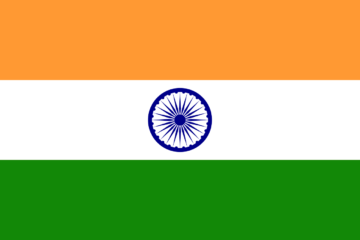 Pranab Bardhan in New Left Review:
Pranab Bardhan in New Left Review:
The preamble to the Constitution of India affirms the solemn resolve of its people to found a ‘socialist, secular, democratic republic’. Today, on the 75th anniversary of the country’s Independence, it is plainly neither socialist nor secular—nor, one could well argue, democratic. Indeed, contrary to journalistic wisdom, India has never been ‘socialist’, unless one confuses the term with statism. The concept of secularism is contested, but if we use the political theorist Rajeev Bhargava’s thoughtful interpretation of it as entailing a ‘principled distance’ between religion and the state, then it certainly does not exist in India any more, going by the practice and utterings of its current leaders. India’s democratic institutions have been on the decline for decades, but this has accelerated so much in the last few years that Sweden’s V-Dem Institute has authoritatively described it as an electoral autocracy. In a negative sense this helps to define some key aspects of the ‘new’ India.
What follows will reflect on broad trends in India’s political economy over the last few decades. The aim is not to provide a detailed blow-by-blow account, nor an exhaustive or quantitative analysis of what has happened in this vast heterogeneous country. Instead I want to paint a broad-brush picture of the obstacles to India’s economic development and the respects in which these represent failures on the part of its state. I go on to analyse India’s ‘governance effectiveness’ in terms of three factors: public resources, state capacity and the centralized federal structure, with the concomitant weakness of regional and local government. I then examine the performance of the private economy, focusing first on the aborted structural transition that lies behind India’s politically explosive failure to create productive jobs for its bulging youth population and the general weakening of the bargaining power of labour, before going on to explore the ways in which the inequalities and concentrations of the Indian economy foster a conclave economy and a crony-oligarchic capitalism of an increasingly Latin American kind. Finally, I discuss how this is legitimated through a mixture of limited welfare measures for the poor and a majoritarian nationalism that sustains itself by stifling the democratic process.
More here.
